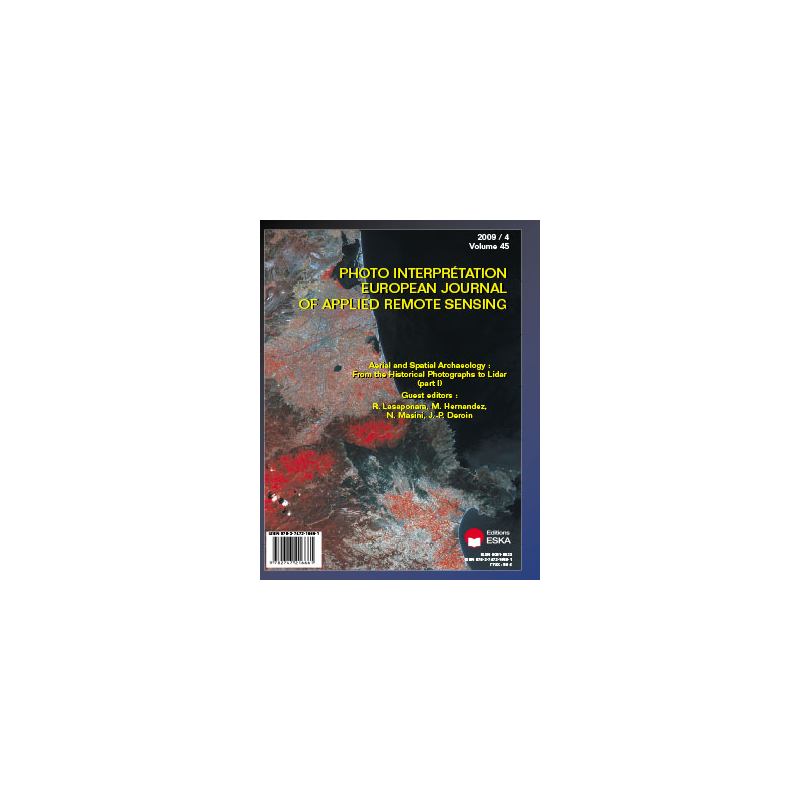



 POUR COMMANDER
POUR COMMANDER
Contactez les Editions ESKA - par téléphone 0142865565 - par mail congres@eska.fr
 CGV
CGV
Consultez nos Conditions Générales de Vente
ABSTRACT
This paper illustrates some results of the “National Research Project -PRIN, 2005”, devoted to study both features of a prehistorical mining landscape and underground mines - not evident, or partially evident, on surface. The geographical context of the project is the Promontory of Gargano (South-Eastern Italy), where the extraordinary availability of flint is associated with evidence of numerous extraction complexes (underground mines) (Galiberti 2005). According to the available data, the mining activities cover a timespan of almost three thousand years; among them, the most important is practiced in the Defensola hill, a mine- the most ancient in Europe- active from roughly 5.800 b.C (Tarantini, 2006). Differently from other European prehistoric mining complexes, in the Gargano area, mines were generally opened onto slopes with a convex morphology and had often produced extremely large conoidal heaps outside. Digital aerial photogrammetry was used in order to natural and archaeological features of recognize the prehistorical landscape near thr mines. Starting from present and historical geo-morphological evidences, thanks to the stereo interpretation of aerial photos that have shown earthworks and soilmarks, it was possible to recognize geological features interpreted as evidence of palaeodrainages and of ancient coastline. The integration between historical references and geological researches through a GIS allowed to join different dataset, in order to highlight the spatial and temporal variations, and to produce thematic cartography.
KEYWORDS
Photogrammetry, environment, mines, Gargano.